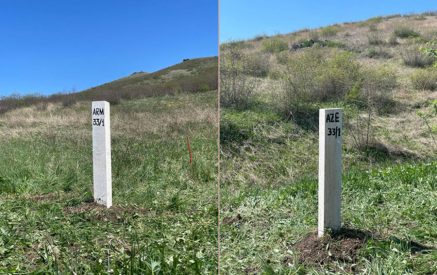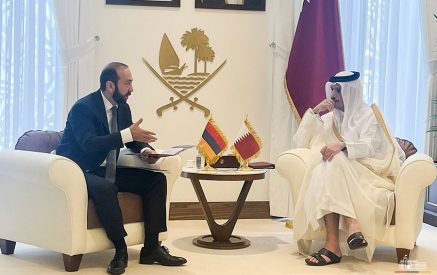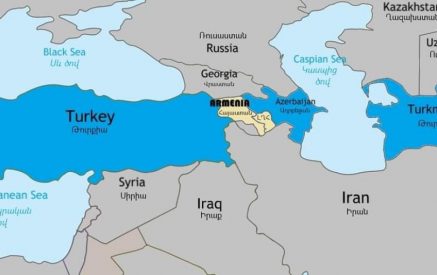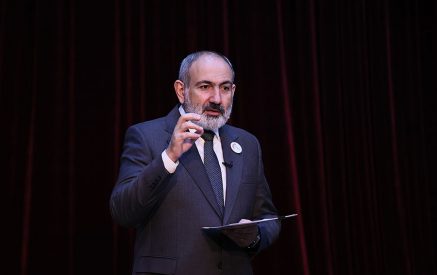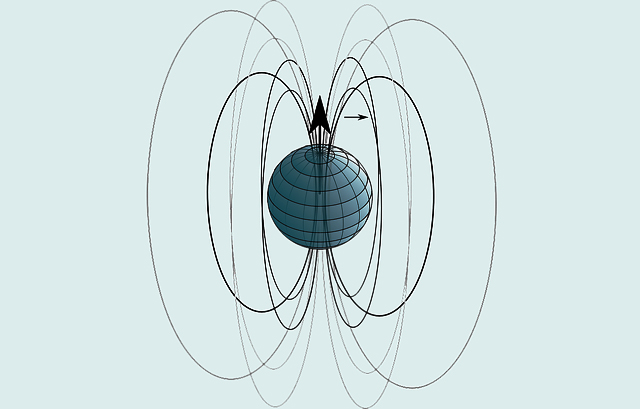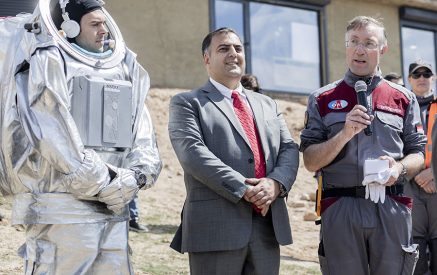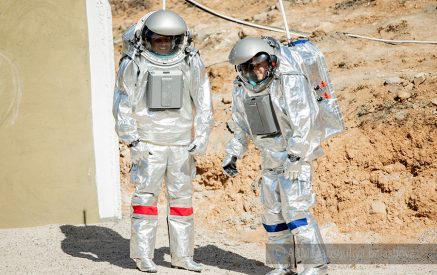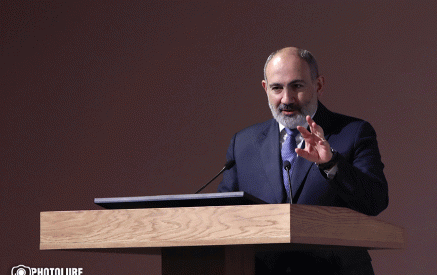TASS. Experts of the Russian Arctic Scientific-Education Center in Arkhangelsk offer an ultra-precise method to measure the magnetic field in synthetic monocrystalline diamonds, the Center’s scientific director, Marat Yeseev, told TASS. The technology may be used for geo-positioning based on the Earth’s magnetic field, which does not require satellites. It is an alternative to GPS and GLONASS, he added.
“We have made systems to obtain the magnetic field sensors. They will be used to study the ultra-precise measurements of the magnetic field. That may be the Earth’s magnetic field, or it may be the magnetic field which emerges in the human body during magnetic resonance imaging. The approach does not change – this is a quantum ultra-precise magnetic field sensor,” he said. “It may be used for geolocation. Nowadays, we use GPS and GLONASS for geo-positioning. This is a parallel system which is not connected to satellites. It is based on measuring the Earth’s magnetic field.”
Diamonds, natural or synthetic, have unique strength and clarity. However, natural crystals have many defects, which add to their jewelry value, and at the same time they cannot be used for technological purposes. Synthetic diamonds, grown under control, are more structured and at the same time the crystal can be modified at certain points.
The experts use the so-called NV-centers (nitrogen-vacant, or nitrogen-substituted centers) to develop magnetic sensors. They introduce a nitrogen atom into the crystal structure thus knocking out a carbon atom and changing the diamond crystal lattice. The structured vacancy binds to the nitrogen atom.
This center in the diamond plate makes it extremely sensitive in the optical range to slightest changes in the electromagnetic field. “By irradiating this diamond with a laser of a certain wavelength, let’s say 532 nm, we can observe the scattering of this radiation, which is detected by high-precision though regular photodetectors, and this radiation changes as the atom gets into a certain electromagnetic field. We take simultaneous measures of the magnetic field and the direction. The data is recorded, and the accuracy is 100,000 times higher than the accuracy of conventional magnetic field sensors,” the scientist said.
The Earth’s magnetic field anomalies can be used to register coordinates, similar to what satellite systems do. Geo-positioning has certain advantages in some of the planet’s areas. For example, geolocation in the Arctic is not accurate, as the group of satellites over this part of the Earth is small. Other factors affecting the accuracy include the atmospheric ionization, etc.
By now, the Center has created a system to study NV-centers’ properties. “The task now is to make it compact, miniature, to make it really a device of 15 by 15 cm,” Yeseev said, adding a compact sensor would be made in 2023. “Our task is to make a device. In this case we want to demonstrate, including to teams involved in quantum technologies in Russia, that it is possible to make a final product which will be successful on the market. Our plan is to make in 2023 a final device <…> to measure the magnetic field – it will be compact, practically 50 g.”

































